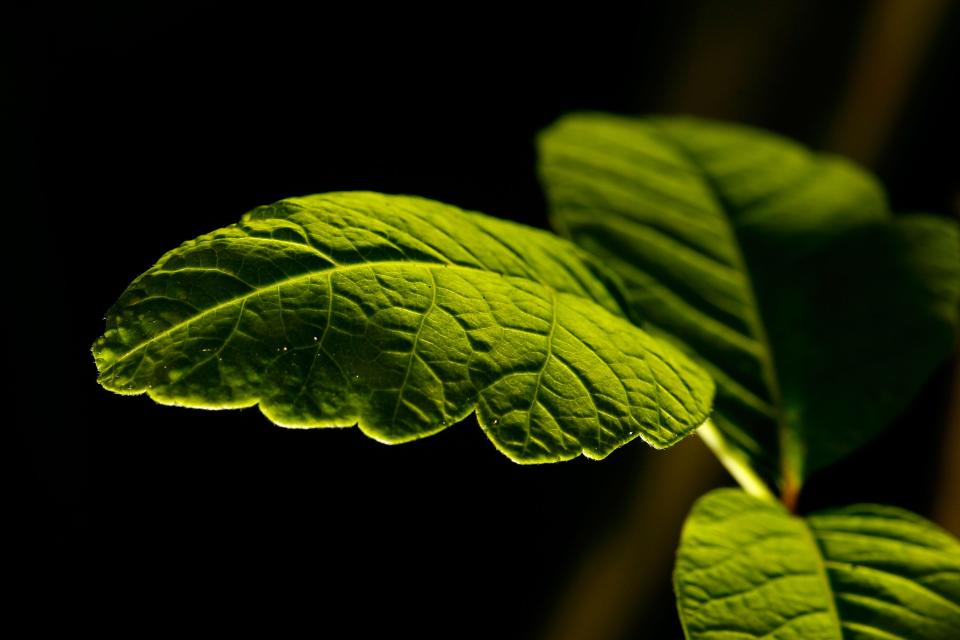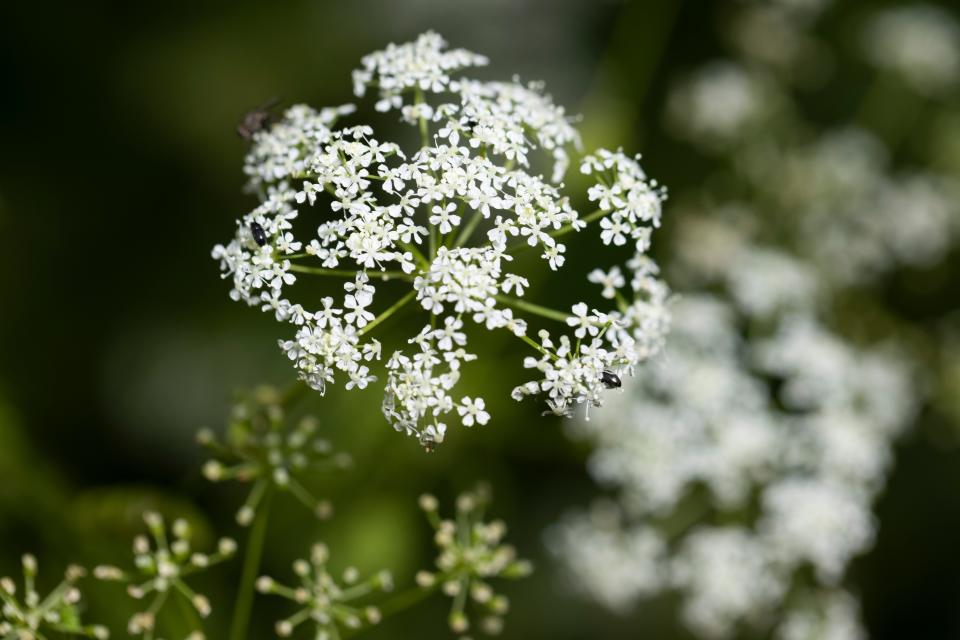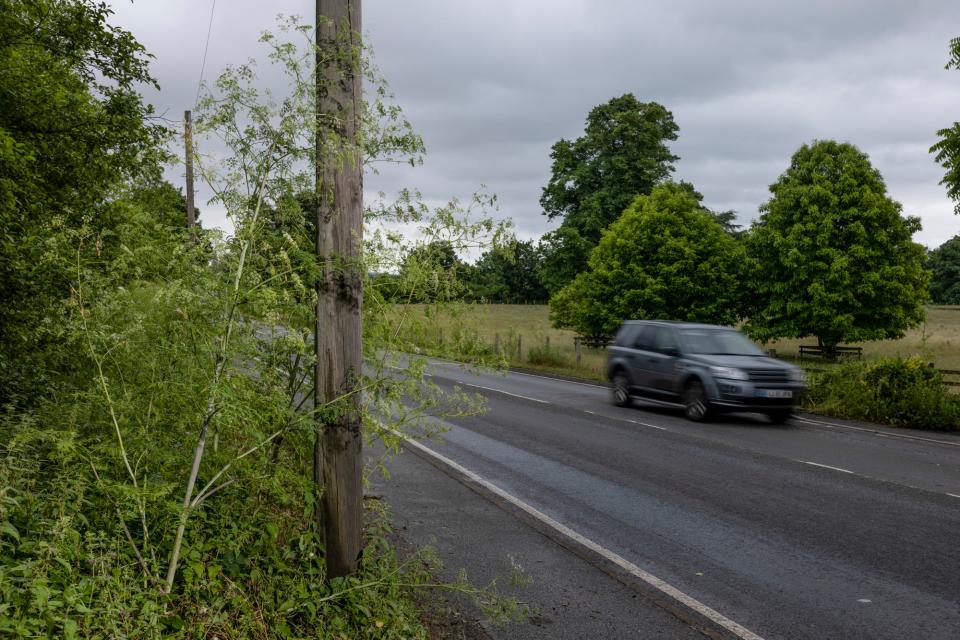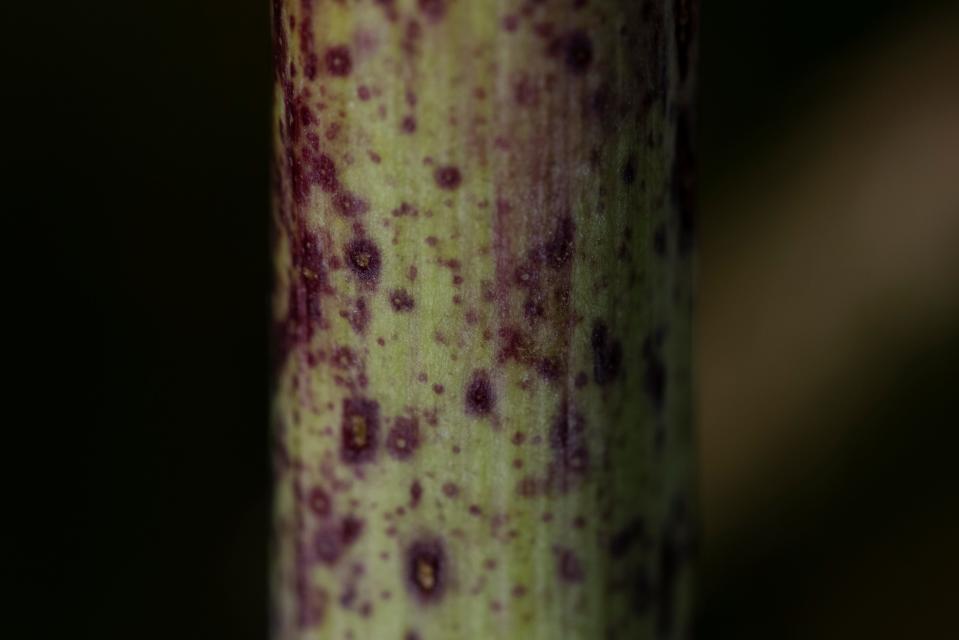'Leaves of three, let it be': What do poison oak and poison hemlock look like? What to know
Many plants are poisonous to humans and animals alike, which is why it’s important to spot them before it’s too late.
As more people venture outside to enjoy warm weather, knowing how to identify and avoid poison oak and poison hemlock – an extremely toxic plant with beautiful white flowers found in just about every state in the U.S. – could help to protect you and your animal and avoid a future of itchy red rashes, according to the U.S. Department of Agriculture.
So before you head outdoors this summer, here's what you should know about poison hemlock and poison oak, including what both look like, which parts of it are most dangerous and where it tends to grow.
'Leaves of three, let it be'
A helpful old saying is “leaves of three, let it be,” according to the U.S. Centers for Disease Control and Prevention.
But the three-leaves rule isn't hard and fast one.
Poison oak may have more than three leaves, and depending on the season, species and local environment, plants can vary.
Poison oak, either Pacific or Atlantic, is a native plant in the United States – primarily located in the Southeast and on the West Coast – in the form of a shrub with leaves of three.
All parts of the plant, including roots, can cause an allergic reaction year-round, according to the American Academy of Dermatology.
Atlantic poison oak can be found up and down the East Coast, from New Jersey to Florida, as well as in several non-coastal states – including Tennessee, Arkansas, West Virginia, Oklahoma, Kansas, Missouri and Illinois – according to the U.S. Department of Agriculture’s Plant Database.

Pacific poison oak may have yellow or green flowers and clusters of green-yellow or white berries. It can grow on shrubs and vines along the Pacific Northwest and California, according to the National Park Service.
Poison oak is commonly confused with poison ivy, but the two plants are actually a little bit different.
Poison oak leaves are more rounded and irregular looking compared to poison ivy.
A poison oak plant can have up to nine leaflets, although three leaflets are most common.
The plants grow in sun and shade in mixed evergreen forests, woodlands, chaparral, and riparian areas.
Poison ivy, however, always has three leaflets leaves.
The CDC recommends that wearing long sleeves, long pants, boots, gloves, and barrier skin creams can limit exposure to poison oak. If you think you've been exposed, wash clothing separately in hot water with detergent.
Is poison hemlock poisonous to touch? Which parts are poisonous?
The USDA states that all parts of the plant are poisonous, that's the leaves, stem, fruit, and root, with the leaves being even more poisonous in the spring.
The toxins must be swallowed or enter the body through the eyes, nasal passages or cuts in the skin to induce poisoning, according Ohio State University Professor Mike Hogan.
Even small amounts of the plant can lead to death due to highly toxic piperidine alkaloid compounds that cause respiratory failure.
What does poison hemlock look like?
Look for small clusters of white flowers that eventually develop into “green, deeply ridged fruit that contains several seeds,” USDA states. “After maturity, the fruit turns grayish brown.”
Poison hemlock has an "unpleasant" odor associated with alkaloids, according to the U.S. National Park Service.
It may be two to 10 feet tall, according to the National Park Service. The hollow stem usually is marked with small purple spots.



Do not contact poison hemlock with bare skin, even with gloves, because sap can be accidentally rubbed into the eyes or ingested while handling food, according to Hogan.
Where does poison hemlock grow? What states can it be found in?
Poison hemlock generally grows in moist environments and is usually found along fence lines, in irrigation ditches, along roadsides, on the edges of cultivated fields, and in creeks.
The plant can be found in every state in the country, with the exception of Alaska, Florida, Hawaii and Mississippi, according to the USDA.
When does poison hemlock grow?
Poison hemlock is a biennial – which means that it spends its first growing season in a vegetative stage, without flowering or reproducing – and begins to grow around early spring.
The plant can be perennial in certain environments.
Don't mistake poison hemlock for wild parsnips What can poison hemlock be mistaken for?
Ingesting the plant's roots, often confused with wild parsnips, are a common way people are poisoned.
Due to their similar names, the deadlier western water hemlock is sometimes confused with poison hemlock. Convulsions are a common sign of western water hemlock poisoning, although convulsions have been reported in poison hemlock poisoning.
What are the symptoms of ingesting poison hemlock?
Immediate medical attention is warranted if accidental poisoning from this plant is suspected. Signs of poisoning usually appear within an hour after ingestion of the plant and death can occur in two to three hours.
Symptoms include trembling, salivation, lack of coordination, dilation of the pupils, rapid and weak pulse, respiratory paralysis and gastrointestinal irritation.
Poison hemlock does not cause skin rashes or blistering.
Herbicides can be used to control this dangerous plant and can minimize the risk of direct contact with it.
Contributing: The Columbus Dispatch
Camille Fine is a trending visual producer on USA TODAY's NOW team.
This article originally appeared on USA TODAY: What does poison oak and hemlock look like?

